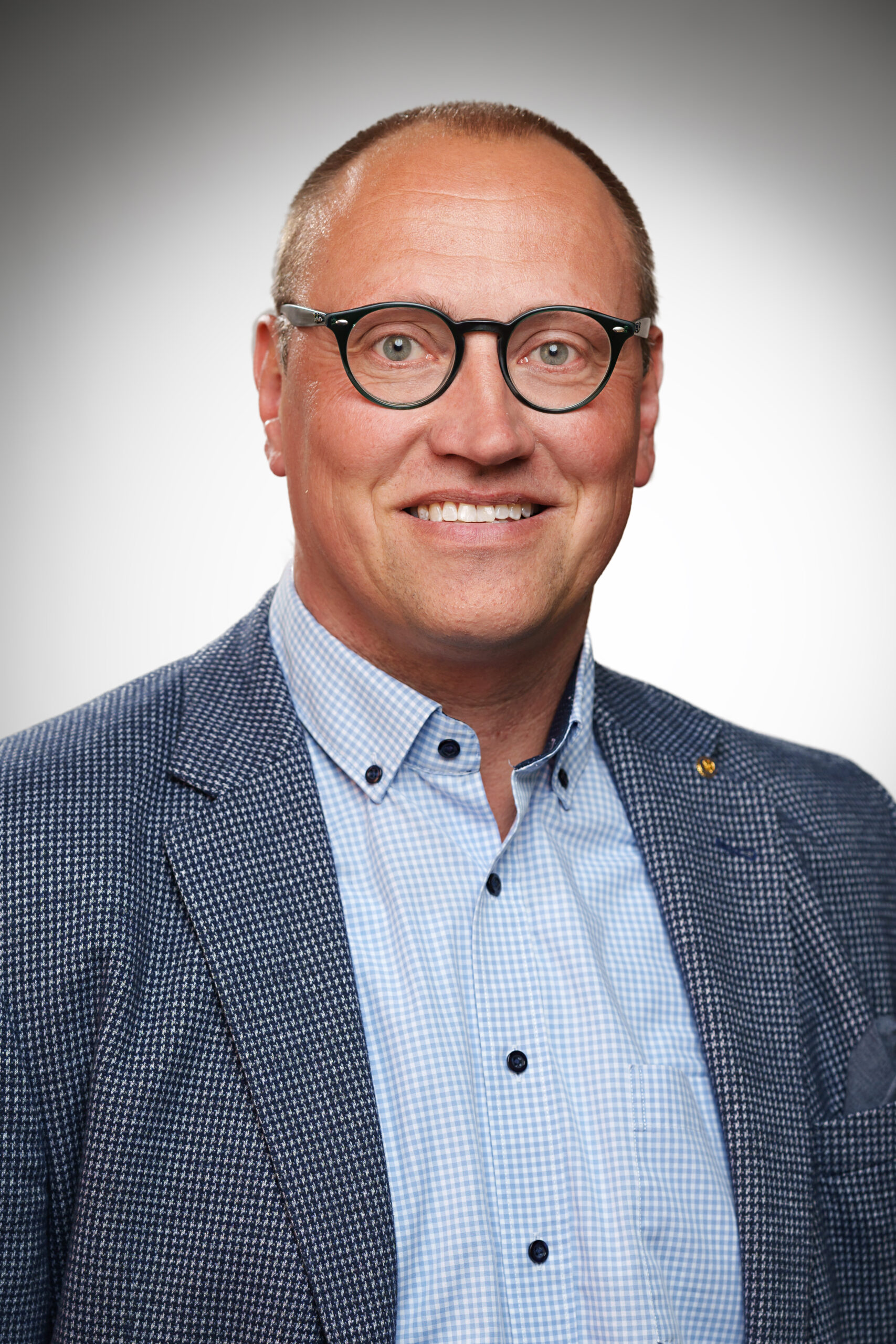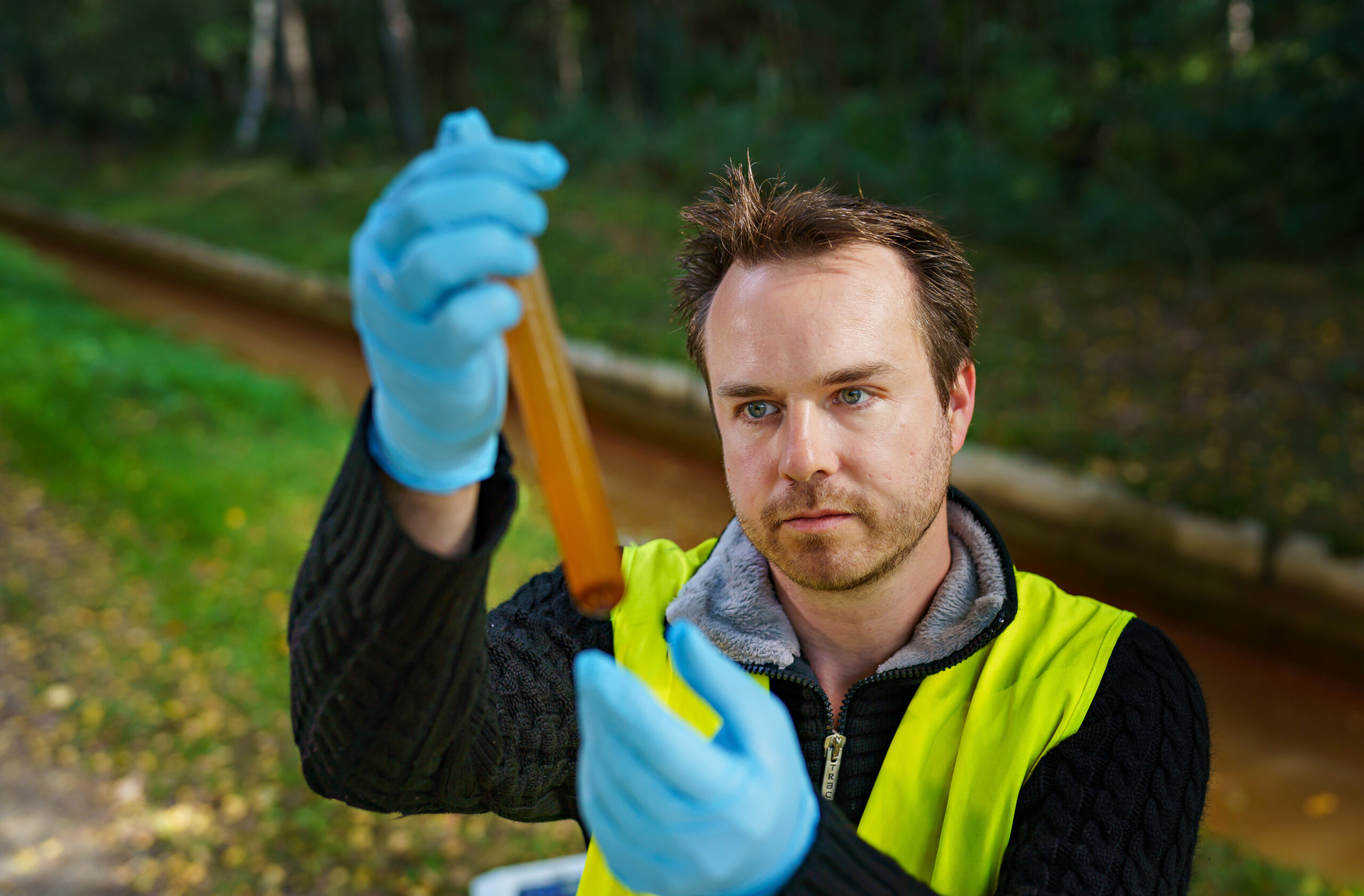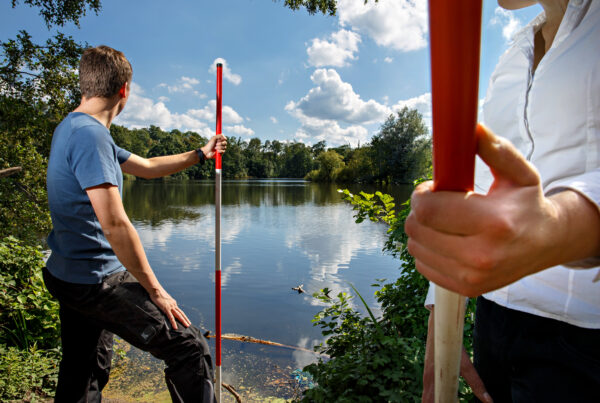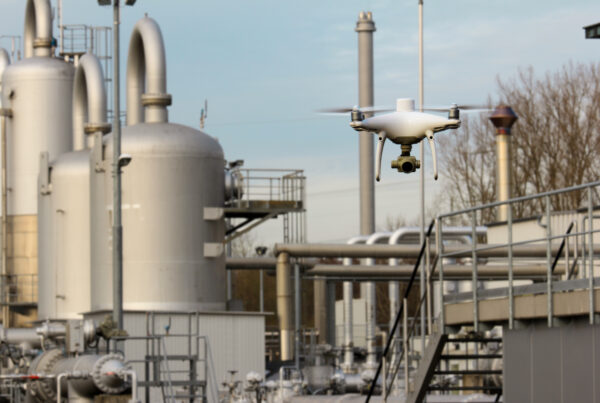Resources are becoming scarcer, energy prices are rising. Additionally, the dependence on third countries has initiated a worldwide rethinking regarding the extraction of raw materials. It is adamant to find new ways to extract critical resources ecologically and economically. A new project that has just started at the Research Center of Post-Mining situated at the Technische Hochschule Georg Agricola (THGA) demonstrates that these ways can be pursued with unusual ideas: In the following two years the researchers of the project “IAW3³” will be analyzing whether it is possible to extract strategical raw materials from mine water and which methods are best suited for this endeavor. New processing technologies will help to extract critical metals. Thereby, the experts will not only regard the mine water itself but also their precipitation products and processing residues. They will conduct their analyses at different mines at the Ruhr, the Saar and in Ibbenbüren.
For the time being, this research project will be promoted by the RAG foundation until 2024. The complete project title is: Innovative Processing Technologies and their Potential for the Extraction of Recyclable Materials from Mine Water, Precipitation Products and Processing Residues at the Ruhr, the Saar and in Ibbenbüren with special consideration for critical metal resources, in short: IAW3³.
"Post-Mining for us not only means the mastering of challenges that we have inherited from the coal mining era. The field of post-mining also means developing new possibilities and chances in the former mining areas", says Bärbel Bergerhoff-Wodopia, board member of the RAG foundation.
Which critical resources can be found in mine water? Dr. Bastian Reker of the Research Center of Post-Mining analyzes the potential of new processing technologies in the new project “IAW3³”. (©THGA/Volker Wiciok)
"For us, mine water is a potential flow of critical resources", says Prof. Dr. Christian Melchers who is the professor responsible for the project at the FZN. "The innovative part of our idea is that we are not only considering the mine water itself but also the precipitation products and processing residues. Precipitation thereby describes the separation of dissolved substance from a solution." What is mud and sludge for the layman is a real treasure trove for the experts at the FZN: "Newest research has shown that it contains magnesium, for example, which is used in engine construction. In this field, the Chinese market leader has already experienced supply bottlenecks in the past. It is our endeavor to counteract this development", explains project employee Dr. Bastian Reker. Rare earths, which can drive the expansion of renewable energies, or lithium, which is crucial for e-mobility, can also be found.
Moreover, the scientists are also examining the quantities of the critical element germanium in the mine water. "This is a byproduct that is otherwise only produced during zinc extraction and is essential for coating fiber optic cables and thus for network expansion," Dr. Reker explains. "Currently, all of these raw materials are being extracted around the world under sometimes dubious environmental standards that affect people and the environment alike," adds Prof. Melchers. "This simply no longer fits in with the spirit of the times and the increased ecological awareness in our society. We therefore want to initiate a change in thinking, accompany the processes scientifically and look for new opportunities on our own doorstep."
The mine waters, which are pumped from great depths in the former coalfields of the Ruhr, Saar and Ibbenbüren, show a wide range of different mineralizations and enrichments - depending on the regional geology, hydrogeology and other influencing factors left behind by mining, explains expert Melchers: "We are now looking at the extent to which it is also economically viable to collect and process these critical resources."
Set Up of Test Facilities
To this end, the scientists will be setting up their own precipitation reactors at suitable sites in the coming months. In these precipitation reactors, iron and other metals are selectively separated by adding oxygen. The researchers of the Research Center of Post-Mining plan to transfer the knowledge they gain from designing lab-scale precipitation reactors to full-scale experimental ones. In the IAW3³ project, the scientific team is also testing entirely new processing technologies. For example, hyperspectral sensors could help to directly detect the critical metals in mine water and co. and assess their mineralogical composition in seconds. The most promising methods are to be further developed at the Research Center of Post-Mining in Bochum.
Contact

Prof. Dr. Christian Melchers
Research Center of Post-Mining
Herner Straße 45
44787 Bochum
Building 2, room 104b
Phone 0234 968 3280
Mail christian.melchers@thga.de

Dr. Bastian Reker
Research Center of Post-Mining
Herner Straße 45
44787 Bochum
Building 2, room 203
Phone 0234 968 3665
Mail bastian.reker@thga.de





